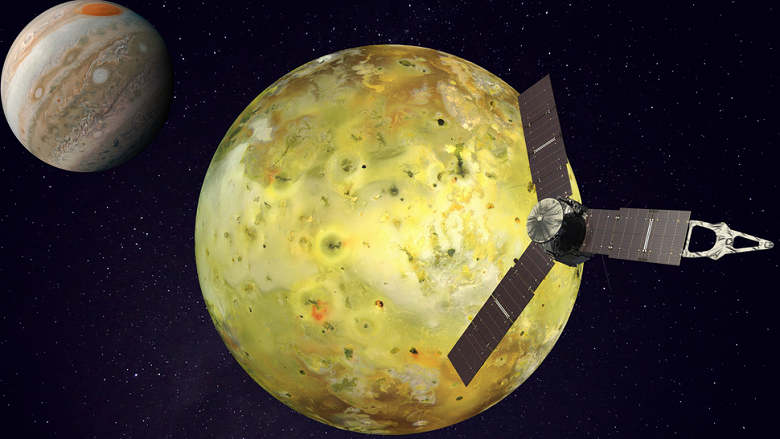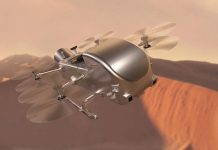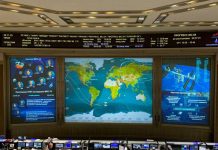These two space telescopes will collect data, which will then be used by the probe’s team. They will help guide Juno on future flybys of Io.
The study will be conducted by the Southwestern Research Institute (SWRI). The SWRI team will collect data on Io with the Hubble Telescope during its 122 revolutions around the Earth and nearly five hours of JWST observation time.
“The timing of this project will be key. Juno will fly past Io several times next year. We hope to gain new insights into Io’s volcanic activity, the interaction between its atmosphere and surrounding plasma, and the neutral gas and plasma that permeate Jupiter’s magnetosphere and cause intense auroras,” said Kurt Rutherford, project leader and researcher at SWRI.

According to NASA estimates, hundreds of volcanoes periodically erupt actively on the surface of Io, which eject lava to a height of several tens of kilometers. Io – Jupiter’s Galilean moon, roughly the size of the moon – is highly volcanic due to tidal forces that compress it and are generated by its host planet.
James Webb and Hubble telescopes will help NASA’s Juno probe study Jupiter’s moon Io
Other moons of Jupiter, including all the other Galilean moons, also influence Io, increasing this gravitational effect. Scientists suggest that such extreme volcanic activity affects the entire Jupiter system. So, for example, particles from the atmosphere of Io are one of the main sources of matter that fell into the magnetic field of Jupiter.
“Most of this material does not come out directly from volcanoes, but is generated by the sublimation of sulfur dioxide ice from the surface of the day side of Io. The interaction between Io’s atmosphere and the surrounding plasma provides a mechanism for the release of gases ejected from the frozen surface of the satellite, ”said Catherine de Kleer, co-author of the project and a scientist from Koltech.
The result is a donut-shaped plasma cloud known as an ionospheric plasma torus. When electrons collide with ions in an ionospheric torus, they create ultraviolet radiation that can be seen by telescopes on Earth and in space.
Detailed studies are required to fully understand the process of generation and properties of the ionospheric plasma torus, since it is currently difficult for scientists to assess how strongly it is associated with Io’s volcanic activity. The question of what effect Io has on other bodies in the Jupiter system also remains open.




